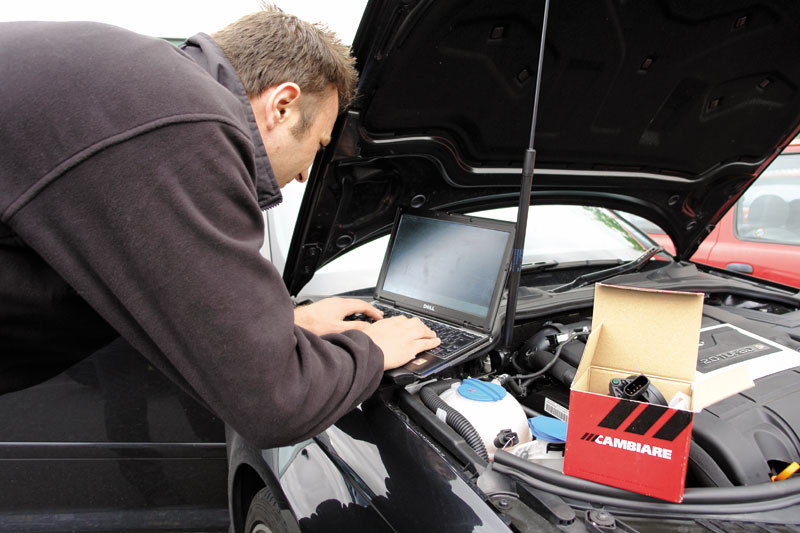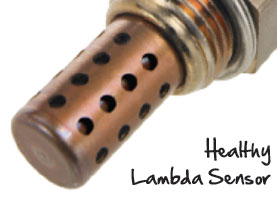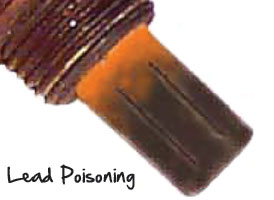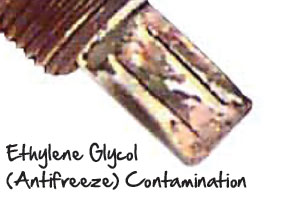
Cambiere looks at the visual clues that a vehicle has defective sensors.
Constantly exposed to the harsh environment found in a car’s exhaust system, the Lambda sensor sustains a constant barrage of harmful exhaust gases, extreme heat and high velocity particulates.
Sometimes contaminants such as coolant, oil or silicone particulates find their way to the sensor, contaminating it and rendering it inoperable.
A Lambda sensor’s life is a long one; in some applications it can last up to 100,000 miles. But its effectiveness will inevitably decrease over time and become less accurate, either by contamination or normal use. A worn sensor can cause unacceptable emission levels, affect performance and ultimately damage the catalytic converter without always triggering a fault code and illuminating the EML (Engine Management Light).
Therefore, it’s advised that Lambda sensors should be checked at each service and replaced as and when necessary.
Lambda lines
Cambiare, the aftermarket specialist in vehicle electronics, has over 500 Lambda sensors in its range, covering in excess of 20 million vehicles. The whole range of Lambda sensors also comes with a two year/30,000 miles warranty. Furthermore, a technical helpline and website – www.cambiare-ve.com – provide technical advice, tricks and tips and easy part selection to aid choosing the correct Lambda sensor for a given vehicle.
Sensor Samples
The following examples show the effects of various kinds of pollutants for easy diagnosis of a failed Lambda sensor:




![]()









